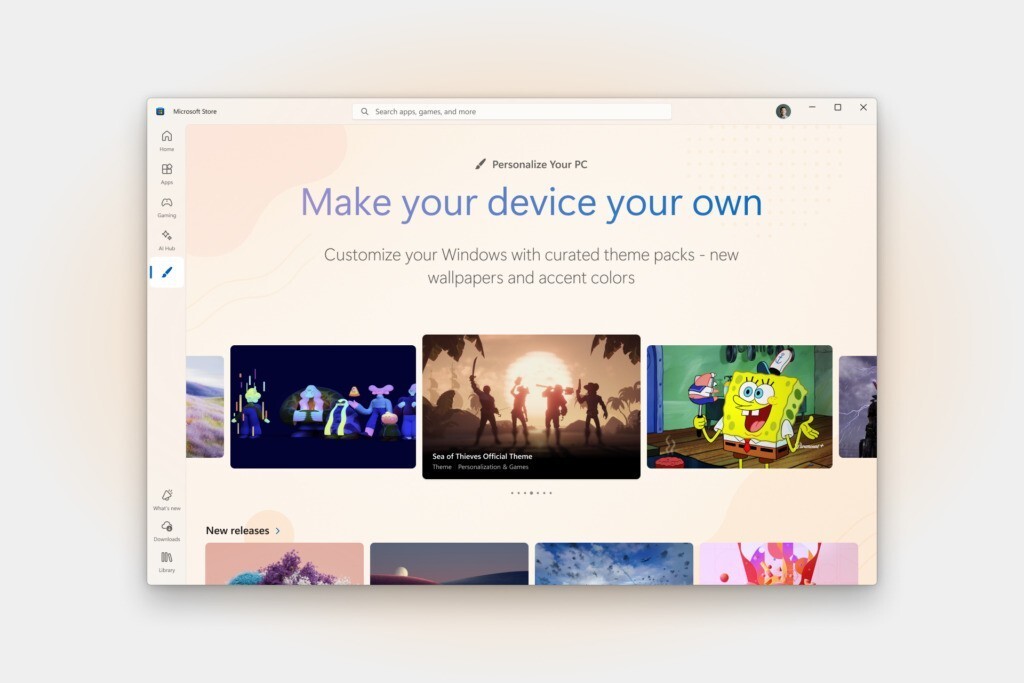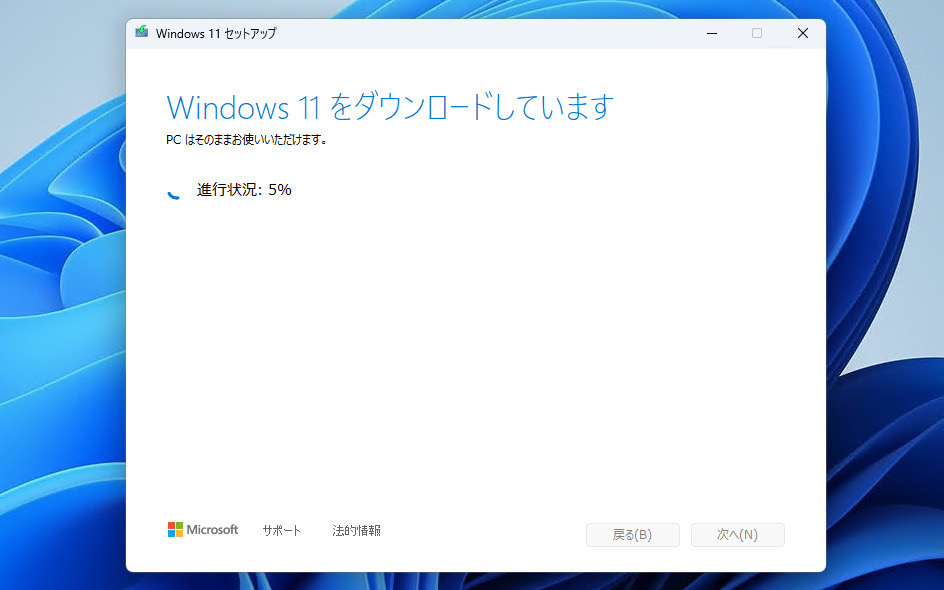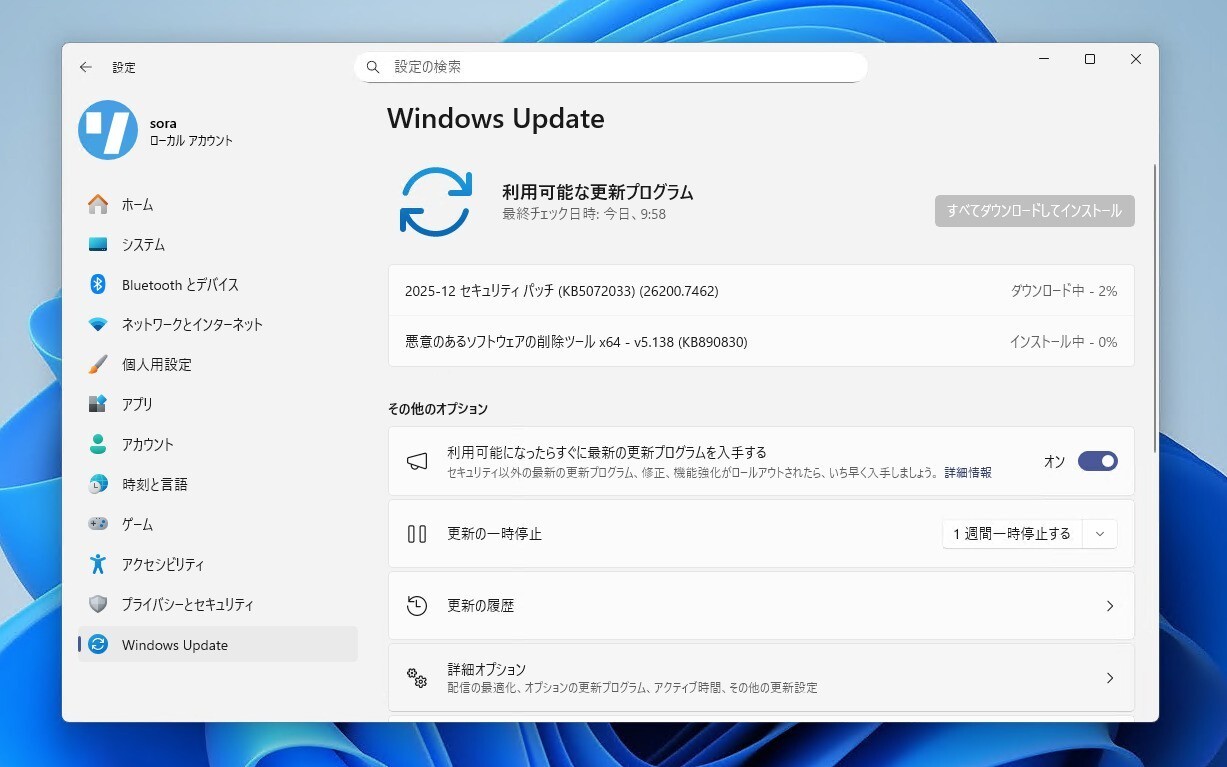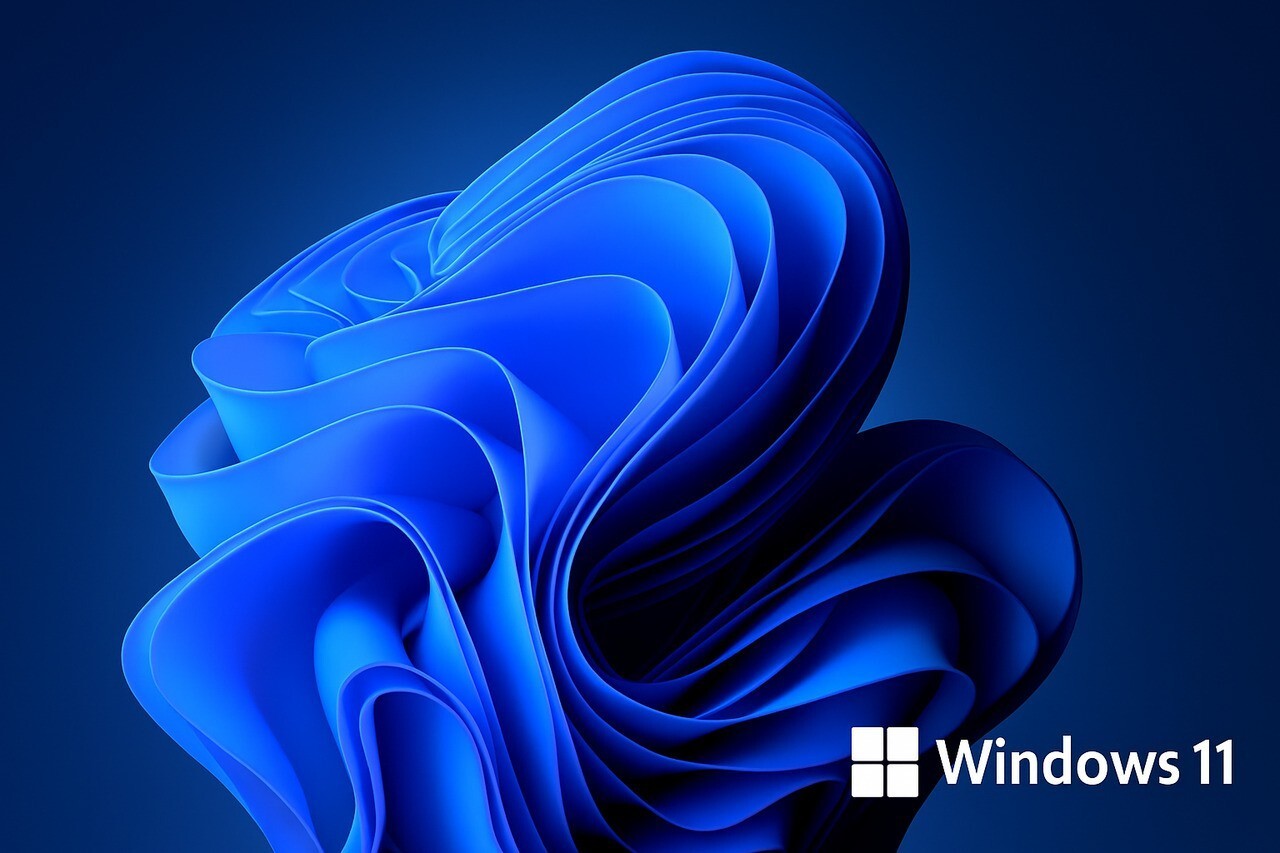
Microsoftは9月20日(現地時間)、Windows 10 Version 20H2/21H1/21H2用のプレビューアップデートKB5017380を公開しました。
オプション扱いの更新プログラム(プレビュー版)で、多数の不具合が修正されています。
Windows Updateの「更新プログラムのチェック」を利用するか、Microsoft Update Catalogからファイルをダウンロードすることで、手動でインストールすることができます。
September 20, 2022—KB5017380 (OS Builds 19042.2075, 19043.2075, and 19044.2075) Preview
Windows 10 Version 20H2/21H1/21H2用の累積アップデートKB5017380では、ニュースと関心事項の設定機能の改良や、すべてのタスクバーの方向のサポート、テンキーを使ってダッシュを挿入するとき間違った文字が挿入される日本語IMEの問題の修正などが行われています。
リリースノートは以下の通りです。
ハイライト:
New!
You can now search for the controls for news and interests on the taskbar and modify them using the Settings app. To change your settings, navigate to Settings > Personalization > Taskbar > News and interests. Otherwise,right-click the taskbar and select Taskbar settings.
New!
All taskbar orientations now support news and interests. A top, left, or right taskbar now has features and settings much like the horizontal taskbar.
Addresses an issue that requires you to reinstall an app if you did not get the app from the Microsoft Store. This issue occurs after you upgrade to Windows 10 or a newer OS.
Addresses a rare error that leads to a blue screen. This occurs after you change the display mode while you are using more than one display.
Addresses an issue that forces the IE mode tabs in a session to reload.
Addresses an issue that affects IE mode after you open a PDF file. When you try to open a different page using the same browser window, the page will not open in that browser window.
Addresses an issue that affects the Microsoft Japanese IME when it is active and the IME mode is on. When you use the numeric keypad to insert a dash (-) character, the IME inserts the wrong one.
Addresses an issue that affects the rendering of the search box. It does not render properly if you sign in using Tablet mode.
Addresses a known issue that affects daylight saving time in Chile. This issue might affect the time and dates used for meetings, apps, tasks, services, transactions, and more.
改良と修正:
New!
Turns off Transport Layer Security (TLS) 1.0 and 1.1 by default in Microsoft browsers and applications. For more information, see KB5017811.
New!
You can now search for the controls for news and interests on the taskbar and modify them using the Settings app. To change your settings, navigate to Settings > Personalization > Taskbar > News and interests. Otherwise,right-click the taskbar and select Taskbar settings.
New!
All taskbar orientations now support news and interests. A top, left, or right taskbar now has features and settings much like the horizontal taskbar.
New!
Introduces WebAuthn redirection. It lets you authenticate in apps and on websites without a password when you use Remote Desktop. Then, you can use Windows Hello or security devices, such as Fast Identity Online 2.0 (FIDO2) keys.
New!
Introduces functionality that lets you use Azure Active Directory (AD) authentication to sign in to Windows using Remote Desktop. Then, you can use Windows Hello or security devices, such as Fast Identity Online 2.0 (FIDO2) keys, for remote sign in. It also enables the use of Conditional Access policies.
Addresses an issue that requires you to reinstall an app if the Microsoft Store has not signed that app. This issue occurs after you upgrade to Windows 10 or a newer OS.
Addresses an issue that prevents MSIX updates from installing from the same URL.
Addresses an issue that stops codecs from being updated from the Microsoft Store.
Addresses an issue that affects cached credentials for security keys and Fast Identity Online 2.0 (FIDO2) authentications. On hybrid domain-joined devices, the system removes these cached credentials.
Addresses an issue that affects a network’s static IP. The issue causes the configuration of the static IP to be inconsistent. Because of this, NetworkAdapterConfiguration() fails sporadically.
Addresses an issue that affects rendering in Desktop Window Manager (DWM). This issue might cause your device to stop responding in a virtual machine setting when you use certain video graphics drivers.
Addresses a rare stop error that happens after you change the display mode and more than one display is in use.
Addresses an issue that affects graphics drivers that use d3d9on12.dll.
Addresses an issue that forces the IE mode tabs in a session to reload.
Addresses an issue that affects URLs generated by JavaScript: URLs. These URLs do not work as expected when you add them to the Favorites menu in IE mode.
Addresses an issue that affects window.open in IE mode.
Addresses an issue that successfully opens a browser window in IE mode to display a PDF file. Later, browsing to another IE mode site within the same window fails.
Introduces a Group Policy that enables and disables Microsoft HTML Application (MSHTA) files.
Addresses an issue that affects the Microsoft Japanese input method editor (IME). Text reconversion fails when you use some third-party virtual desktops.
Addresses an issue that affects the App-V client service. The service leaks memory when you delete App-V registry nodes.
Addresses an issue that might change the default printer if the printer is a network printer.
Addresses an issue that affects the ProjectionManager.StartProjectingAsync API. This issue stops some locales from connecting to Miracast Sinks.
Addresses an issue that affects Group Policy Objects. Because of this, the system might stop working.
Addresses an issue that affects Windows Defender Application Control (WDAC) path rules. This issue stops .msi and PowerShell scripts from running.
Addresses an issue that might bypass MSHTML and ActiveX rules for WDAC.
Addresses an issue that causes WDAC to log 3091 and 3092 events in audit mode.
Addresses an issue that affects Windows Defender Application Control (WDAC). It stops WDAC from logging .NET Dynamic Code trust verification failures.
Addresses an issue that affects WDAC policies. If you enable SecureLaunch on a device, WDAC policies will not apply to that device.
Addresses an issue that occurs when a WDAC policy fails to load. The system logs that failure as an error, but the system should log the failure as a warning.
Addresses an issue that affects non-Windows devices. It stops these devices from authenticating. This issue occurs when they connect to a Windows-based remote desktop and use a smart card to authenticate.
Addresses an issue that occasionally causes explorer.exe to stop working when explorer.exe opens.
Addresses an issue that affects the Microsoft Japanese IME when it is active and the IME mode is on. When you use the numeric keypad to insert a dash (-) character, the IME inserts the wrong one.
Addresses an issue that affects the rendering of the search box. It does not render properly if you sign in using Tablet mode.
Addresses an issue that affects the FindNextFileNameW() function. It might leak memory.
Addresses an issue that affects robocopy. Robocopy fails to set a file to the right modified time when using the /IS option.
Addresses an issue that affects cldflt.sys. A stop error occurs when it is used with Microsoft OneDrive.
Addresses an issue that affects the LanmanWorkstation service. It leaks memory when you mount a network drive.
Addresses an issue that affects Roaming User Profiles. After you sign in or sign out, some of your settings are not restored.
Addresses a known issue that affects XML Paper Specification (XPS) viewers. This might stop you from opening XPS files in some non-English languages. These include some Japanese and Chinese character encodings. This issue affects XPS and Open XPS (OXPS) files.
Addresses a known issue that affects daylight saving time in Chile. This issue might affect the time and dates used for meetings, apps, tasks, services, transactions, and more.
更新プログラムには以下の2件の既知の不具合が存在します。
| 症状 | 回避策 |
|---|---|
| カスタムオフラインメディアまたはカスタムISOイメージからWindowsをインストールしたデバイスでは、この更新プログラムによってMicrosoft Edge Legacyが削除されても、新しいMicrosoft Edgeに自動的に置き換えられない場合がある。 | LCUをスリップストリームする前に、2021年3月29日以降にリリースされたSSUをカスタムオフラインメディアまたはISOイメージにスリップストリームする必要がある。Windows 10, version 20H2およびWindows 10, version 2004で使用されているSSUとLCUの統合パッケージでこれを行うには、統合パッケージからSSUを抽出する必要がある。
|
| 一部のWindowsデバイスでオーディオが動作しない問題が発生することがある。オーディオが機能しないも場合や、特定のポート、特定のオーディオデバイス、または特定のアプリケーション内でのみ問題が発生する場合がある。影響を受けるオーディオデバイスのドライバーのほとんどは、この更新プログラムをインストールする前に「オーディオ拡張」設定が無効になっているか、サウンドデバイスのドライバーに「オーディオ拡張」機能に関する問題がある。 | KIR (Known Issue Rollback) を使用して対処済み。一般向けのデバイスでは自動的に修正が適用される。管理下にあるビジネスデバイスの場合特別なグループポリシーをインストールする必要がある。 |
Windows Updateの他、Microsoft Update Catalogや、Windows Server Update Services(WSUS)を利用してインストールすることができます。






